How To Find A Good Dog Breeder? By Using the Canine Care Certified Program.
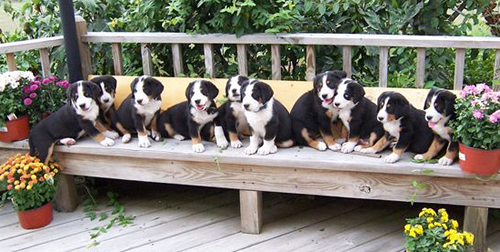
We choose adoption. But, what if you’re wondering how to find a good dog breeder? After reading Kim Kavin’s great book, The Dog Merchants, I realized the most important thing when you want to add a dog to your family, is that wherever he or she comes from, it’s a responsible place where your new dog or puppy was treated well, is happy and healthy. So, I was very interested to learn more about a new program called Canine Care Certified, created after three years of research at the Purdue University’s Center for Animal Welfare Science. What is it and how can it help us? Read on to find out!
The Canine Care Certified program is a national, voluntary program that sets rigorous standards for professional breeders. The program was peer-reviewed by animal scientists and canine welfare experts from major academic institutions to corroborate credibility and the most up-to-date scientific knowledge about dogs, how their brains work and what makes them healthy and happy.
There are five pillars of care addressed in this program, and what is allowable under each is as follows:
- Physical health: Only veterinarians may perform any necessary surgeries. Breeders must also work with their vets to develop comprehensive physical health plans for preventative care and treatment of dogs. Genetic testing and health screening are required.
- Environment: Enriched, high-quality spaces must be provided by breeders with access to the outdoors and multiple flooring surfaces.
- Behavioral health: Caretakers must have a behavioral wellness plan to promote behaviorally sound dogs and puppies, and to address any behavior problems, as well as provide exercise, psychological enrichment and socialization for adult dogs and puppies.
- Breeding life and retirement: Breeders must follow established limits for retirement and rehoming. Adult dogs at retirement must be spayed or neutered and then retired in place or rehomed.
- Caretaker expectations: Breeders must participate in relevant continuing education topics such as dog care, genetics, health and welfare; must use low-stress handling procedures; be transparent with stakeholders; compliant with best practices as outlined in the standards; and willing to participate in third-party audits of their kennels.
No other program of its kind exists; only basic physical needs and genetic health were previously addressed.
The Experts Speak

Dr. Candace Croney
Photo courtesy of Purdue University’s Center for Animal Welfare Science

Doug Poindexter
Photo courtesy of WPA

Traci Shreyer
Photo courtesy of Purdue University’s Center for Animal Welfare Science
I met with three key people in the creation and execution of the Canine Care Certified program. Doug Poindexter, President of the World Pet Association (WPA), the brand that is behind the wildly successful industry convention, SuperZoo, and whose company funded this research; Dr. Candace Croney, Ph.D., Director of the Purdue University’s Center for Animal Welfare Science, who led the research and created the standards above; and Traci Shreyer, Applied Animal Behaviorist, Animal Behavior Counseling Services, who works one on one with the breeders participating in this program. All of them are at the top of their game, and all of them had an instrumental hand in creating something to make life a whole lot better for dogs. Let’s break it down.
Why the need?

Photo courtesy of Purdue University’s Center for Animal Welfare Science
Whomever chooses to buy a dog from a breeder needs a trusted source to refer to, so they choose their breeder wisely, knowing that adult dog or puppy they’re bringing home won’t turn up genetic defects and illnesses, and emotional fall out from abuse, poor socialization and a lack of stimulation. “We’ve had a lot of conversations nationally, legislation put forth and fear created about not knowing where a dog comes from,” Dr. Croney explained. “This isn’t good for the public to have this fear and not know, for the responsible breeders, because they’re getting lumped in with the ones that don’t care about the dogs, or for the dogs, themselves. The dogs have told us the story; this helps them.”
Interestingly enough, it was the good breeders who helped to spearhead this program. “The breeders came to us, saying they wanted to raise their standards but they needed help,” Doug Poindexter revealed. “After talking with them and with Purdue University, we felt this was a worthy project, albeit with a huge price tag on it. And, we said, we’re in. I’m so proud to be working with a Board of Directors who are truly interested in making things better for the animals.” WPA are committed to this project, to the tune of hundreds of thousands of dollars, through 2017.
What types of breeder challenges this program is addressing
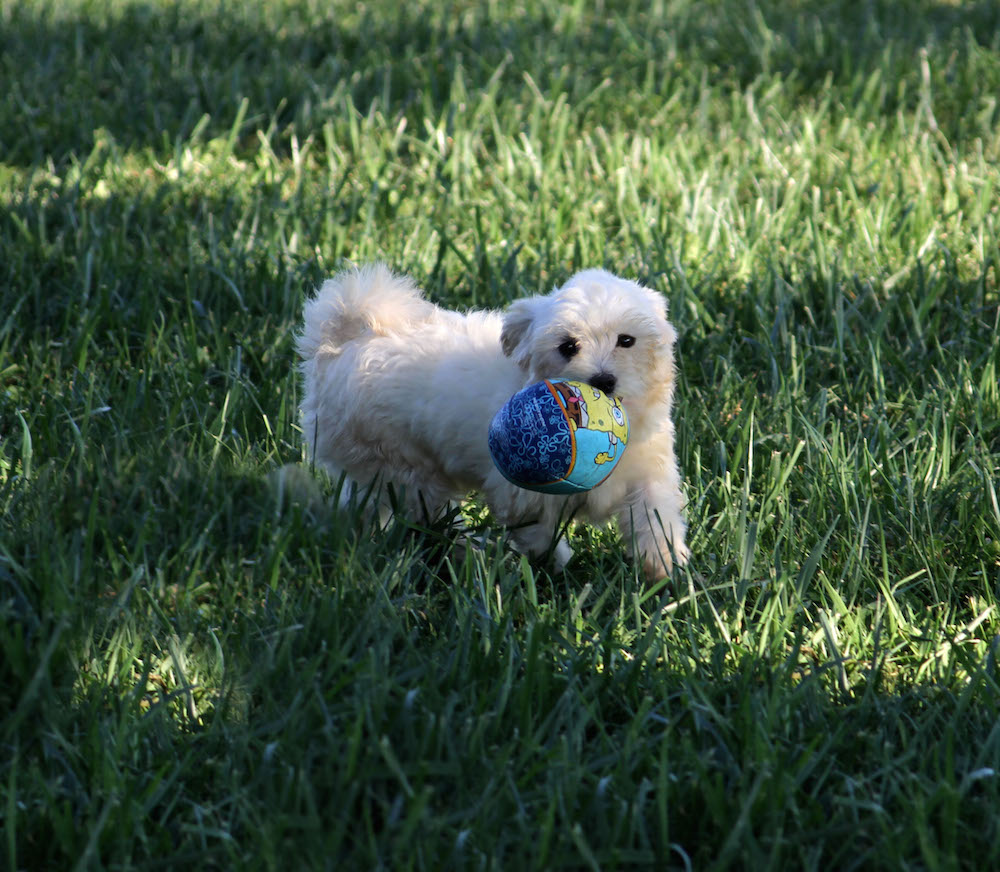
Photo courtesy of Purdue University’s Center for Animal Welfare Science
What are the types of challenges faced by some of the breeders who reached out? Dr. Croney and Traci Shreyer visited large and small facilities. The large ones had hundreds of dogs. Some had incessant barking issues, so bad it was hard for workers to spend any time in the kennels. Others had fearful or aggressive dogs. The first step when Shreyer begins working with a breeder is to talk with them. “I think the most important piece is to create a relationship with the breeders,” she shared. “I can’t help them if I don’t know what their problems or challenges are. So, I talk to them.”
As part of that conversation, together they outline some measurable outcomes. “We need to see, is it different? How are your dogs doing with a stranger?” Shreyer demonstrated. “We can also measure levels of barking, levels of stress indicators. One of the breeders’ favorite parts is the walk through, because they can show us how the program has made a difference.”
But, not every breeder is the same or is every facility the same. “I think it was a wise choice when Dr. Croney wrote these standards, that they’re not so prescriptive,” Traci explained. Allowing the breeders to have feedback and to talk about suggestions of what could work for them is valuable.”
How long is the training process with the breeder? “When a breeder gets involved, it’s a collaboration from start to finish,” Dr. Croney stressed. “We’re committed to giving them the support and resources they need. With some, we’ve been working with them for over 2 1/2 years. Some are so comfortable, they’ll call me on my personal cell at all hours with questions because I’ve told them they can do that. We’re with them for the long haul.”
Separating the good from the bad
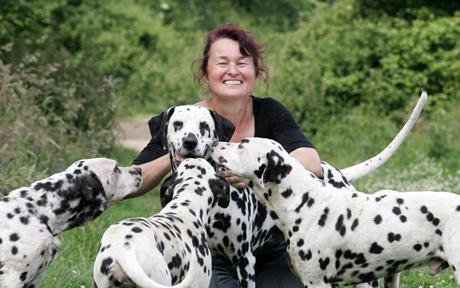
Can a breeder fake the work? “One of the beautiful pieces of the behavior metrics is they can not be faked, Shreyer expressed. “With regard to gentle, consistent handling of your animals, with regard to enrichment, with regard to socialization…if you’re only doing those things on paper, when I arrive, the dogs will tell us what is the case. They won’t show behavior that is consistent with that. The behavior piece has been missing from regulations in the past, and it can’t be faked.”
It’s critical to get as many breeders on board as possible. This is how we separate the good from the not so good or downright awful. “We made sure this program worked for the dogs with breeders who had lots of dogs and only a few dogs. So, there’s no excuse,” Dr. Croney emphasized. ” And the outcomes are showing dogs that are healthier, happier…good outcomes. We’re hoping when breeders see their peers participating, they’ll want to join the program.” And for us, we can ask a breeder if the are Canine Care Certified.
I asked about the periodic audits that are part of the standards. Will they be a surprise or anticipated? “The first audit will be announced because there’s paperwork involved, but the subsequent spot checks will be unannounced,” Poindexter said. And, the hiring of those auditors is by a completely independent, outside contractor. “We have nothing to do with the research and standards nor the auditing,” Doug emphasizes. “And, Purdue hires an outside company to do even the hiring of the auditors.”
The science behind a dogs’ emotional world is in

Photo courtesy of Purdue University’s Center for Animal Welfare Science
We now know so much more about the emotional landscape of dogs. I mentioned the MRI studies done on dogs a couple of years ago, and whether it was a motivating factor in creating this program. “I think the research done with dog MRI’s about what areas of their brains light up to certain stimuli, both positive and negative, is really important to keep in mind,” Dr. Croney agreed. “It wasn’t necessarily the motivating factor, there are dog breeders who came to me, who said ‘We want to do better, we just don’t know how to do it, will you help us?’ The important thing we got to communicate to them, along the way, is good health is not enough. These dogs are sentient beings, they have feelings. We know they have emotional states, we know they are constantly learning. Why wouldn’t we incorporate that science and put it into our program?”
What happens now?
This program is brand new and was just announced in a press conference at SuperZoo. Now, the PR and marketing machine behind Canine Care Certified spreads the word about this great program far and wide and we, now knowing about it, ask for it. If a breeder isn’t willing to be Canine Care Certified, what do they have to hide? Why would we want to purchase a dog from them and still have these unanswered questions about what life was really like for them prior to us coming along?
We don’t want the good breeders painted with the same brush of contempt as the bad ones, and this is one way to draw a distinctive line in the sand between them. “We feel that American consumers should have a choice. For some people, adoption is absolutely the right choice and, by all means, save an animal and adopt; I think that’s terrific,” Doug Poindexter said. “For others, for whatever reasons, they may want to go to a breeder or to a pet store, and that’s fine. But the important thing is, wherever the dog comes from, that it’s had the proper start in life in a reputable, good place.
“Can we get rid of every bad breeder in the world? We can’t,” he goes on to say. “Can we get rid of every bad pet store in the world? We can’t. But, what we can do is try to raise that standard and have something for people to look at and have confidence in. We just know this is right for the animals.”
What’s next in expanding this program? In The Dog Merchants, I learned about the different parts of the business of selling dogs that they can be exposed to, whether it’s the auction houses, the distributor, the breeder, rescue or pet store. Dr. Croney wants to make sure the Canine Care Certified program is applicable and used by all parts of the industry. But, one step at a time.
You have your work cut out for you, I told her after we talked about all of these facets of the business. “Indefinite job security is not what I was after, when I took this on,” she said with a chuckle. “My goal is to put myself out of business because we don’t need this anymore.”
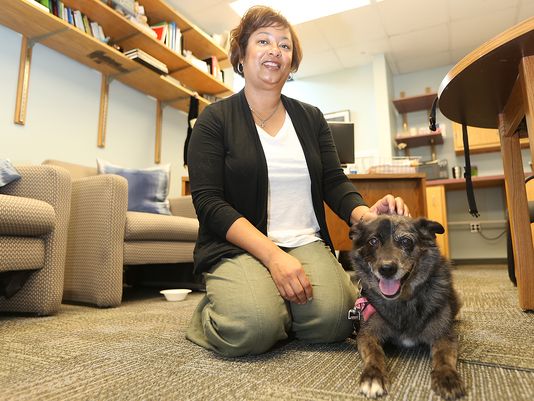
Candace and her dog, Charley
Photo courtesy of Purdue University’s Center for Animal Welfare Science
Would you use Canine Care Certified to find a good breeder?
If you liked this, you might also like my two parter on Kim Kavin’s book, The Dog Merchants:


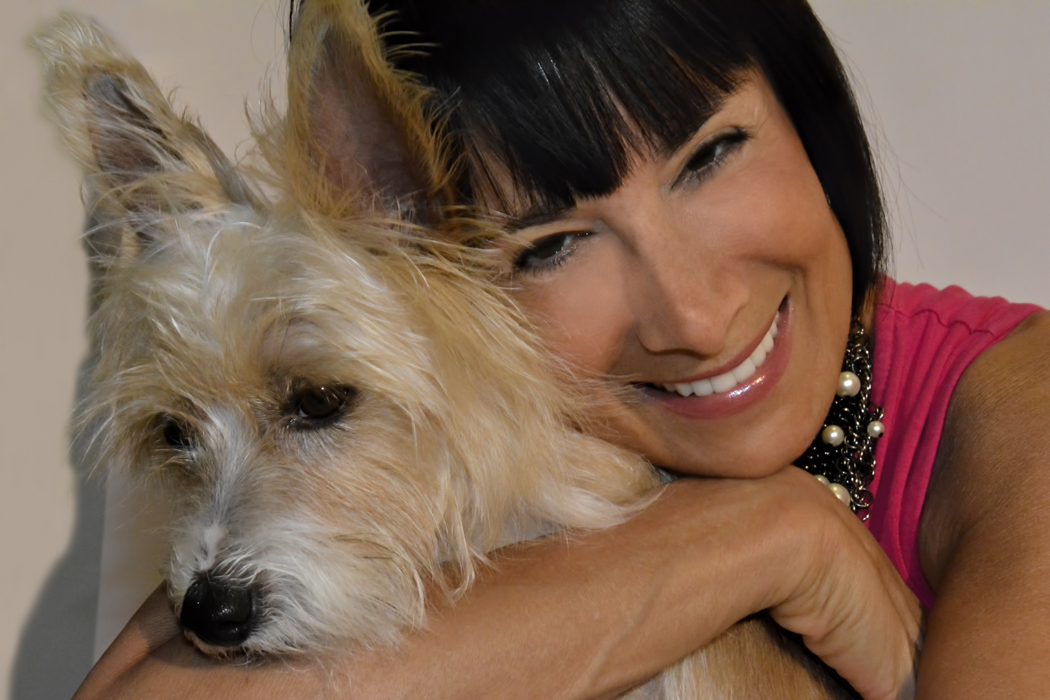


Absolutely! It sounds like a very exciting program. Not that we would necessarily get our next dog from a breeder, but if we were to want to go that route, I don’t want to get one from a breeder I know nothing about. In the past we were lucky to find a recommended breeder when looking for a beagle, but it’s just not always possible. This would give reassurances you just can’t get if you don’t know someone who has a dog from that breeder, or know the breeder personally.
I need to come back and read your reviews of Kim’s latest book. I learned so much from her book Little Boy Blue.
Exactly, Jan. It puts the power back into the hands of the consumer. For me, I’ll always rescue (although at 4 dogs, we’re not planning on increasing our family any more in the near future!). But, where I used to frown upon breeders, Kim’s latest book made me see it’s more important that wherever the dog comes from, that it’s a responsible, good place where the pup was well cared for. Dr. Croney’s program is game changing and the responsible breeders are excited about it. It allows them to finally stop being lumped in with the bad breeders and teaches them how to up their game. Most of them do really love their dogs. Even the very large ones like the Millers at Monark, don’t mistreat their dogs or want to pass on unhealthy, unstable dogs to customers, to pet stores. It’s just bad business at the end of the day. It behooves them to make sure their dogs are healthy and happy, and Judy Miller rules that roost, watching out the window to make sure her dogs are being properly cared for. Her husband, Dave, knows not to piss her off! LOL And they have hundreds of dogs in their operation. So it’s the minority and they’re mostly small breeders who are the awful ones, who don’t care about the dogs and who mistreat them. But, between a program like Dr. Croney’s and Kim Kavin’s Rate It website which you’ll read more about on my blog in the coming weeks, those nasty piece of work breeders can be put out of business by us, the consumer. Thanks so much for commenting, Jan!
MeWowZa! This is pawsome! Truly, this concept is something I thought could only be imagined, never daring to hope that such experts in the field could come together and build such a foundation! Much of it can certainly be extrapolated to catteries, too and I am going to share the heck out of your article!
I bred Cornish Rex cats for 22 years (1989-2011) and being a vet tech, was very conscientious about breeding and they care my cats received, had a 4 page adoption application and kept in constant contact with then new owners, still do… but feel the ‘Cattery of Excellence’ program that CFA has is sorely lacking the scope that is truly needed to help ensure healthy, well-socialized cats. Even thought I have retired from breeding, I still have my website up to help inform and educate people about the breed and have two links that I give people on ‘How to Find a Good Breeder” and I think they are helpful in knowing what questions to ask when contacting breeders:
http://www.breedlist.com/faq/breeder_questions.html
and while the next link is talking about dog breeders, it also has some good questions to ask:
http://speakingforspot.com/blog/2010/01/23/a-dozen-simple-ways-to-be-certain-you-are-working-with-a-reputable-breeder/
This is awesome, Teri, thank you! The responsible breeders like you were, are happy for and excited about this program. It allows them to finally be separated from the bad ones wee read about in the papers and online. It’s a huge win for dogs and yes, kitties deserve the same. It’s wonderful you are sharing the information you’ve learned over the years with others. That’s how change starts, right? Thanks so much for sharing this article, Teri. It’s become a fascinating journey, learning about the behind the scenes of the $11 billion dog business and much of it are about aspects of the industry most consumers know nothing about…things like distributors, auctions and the like. For dog lovers, dog parents and possibly cats as well (I’m not sure this applies to them or, at least, not all facets of it), I highly recommend Kim Kavin’s book, The Dog Merchants. it’s the first of its kind and Kim is a great researcher and writer and takes a very even-handed approach. It so enlightened me. Thanks again for commenting, Teri. I so enjoy following your adventures with Coco and her pageantry. 🙂
Thank you for writing this article. I know there are skeptics about this program, but if this program works, it can be a huge win for dogs, breeders and buyers. I shared your article on my FB page.
Thank you, Coyote Windsong. I agree and I was not a fan of breeders in general before I read Kim Kavin’s book, The Dog Merchants. A wonderful, enlightening book I highly recommend. Dr. Croney’s program is a big win for dogs and for responsible breeders, who don’t want to be lumped in with the bad ones we read about. Appreciate you sharing it.